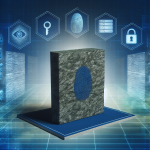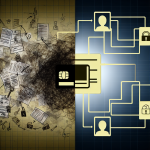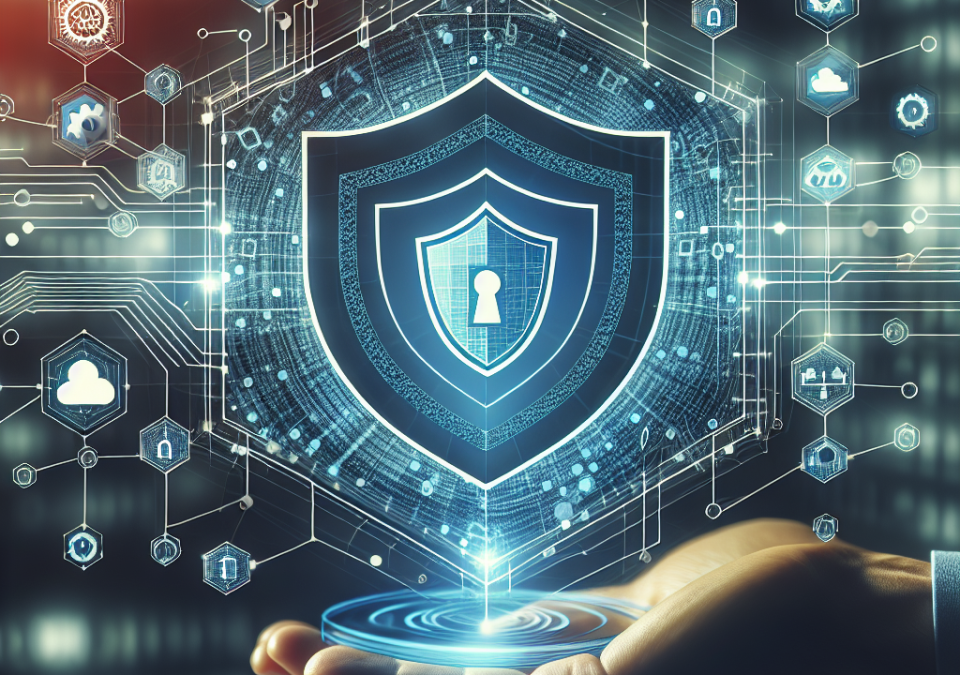
Identity Management: A Cornerstone of Effective Security Compliance
June 22, 2025
From Chaos to Clarity: Streamlining Security Compliance with Robust Identity Practices
June 23, 2025
In today’s digital landscape, where data breaches and cyber threats are becoming increasingly sophisticated, organizations face an uphill battle to protect their sensitive information. With the exponential growth of data generated by users and devices, traditional security measures are insufficient to counteract modern cyber threats. This is where Security Information and Event Management (SIEM) systems come into play, serving as a critical component in modern cybersecurity strategies.
Understanding SIEM
Security Information and Event Management (SIEM) is a comprehensive solution that aggregates and analyzes security data from across an organization’s IT infrastructure. By collecting log data, event correlations, and analytical capabilities, SIEM systems provide real-time insights into an organization’s security posture. These systems are designed to analyze data from various sources, including servers, firewalls, routers, and intrusion detection systems, enabling organizations to identify threats and respond swiftly.
The Need for SIEM in Cybersecurity
-
Complexity of Cyber Threats: As technology evolves, so do the tactics used by cybercriminals. These threats can come from different sources and can manifest in a variety of ways, making monitoring and analysis an arduous task. SIEM solutions offer a centralized approach to security management, simplifying the collection and analysis of vast amounts of data.
-
Regulatory Compliance: Many industries are subject to strict regulations regarding data protection and privacy, such as GDPR, HIPAA, and PCI DSS. SIEM systems facilitate compliance by ensuring that organizations have the necessary logging mechanisms and reporting capabilities to meet regulatory standards.
- Incident Response: The quicker an organization can detect and respond to a security incident, the less damage it typically incurs. SIEM systems can automate alerting processes based on predefined rules, reducing response time and enabling security teams to focus on more complex tasks.
Key Functions of SIEM Systems
-
Data Aggregation: SIEM solutions consolidate data from multiple sources, creating a single view of security events. This centralized approach enables security teams to manage alerts more effectively.
-
Log Management: By storing and managing logs over extended periods, SIEM solutions facilitate forensic analysis, making it easier for organizations to investigate incidents and understand the timeline of attacks.
-
Real-time Monitoring: Continuous monitoring of security events allows for the early detection of potential threats. SIEM systems use correlation rules to identify unusual patterns or anomalies indicative of potential security breaches.
-
Threat Intelligence Integration: Many SIEM solutions can integrate with external threat intelligence feeds. By correlating internal data with known threat indicators, organizations can enhance their ability to detect advanced persistent threats (APTs).
- Reporting and Visualization: Effective reporting and visualization tools within SIEM solutions allow security teams to generate customized reports and dashboards. This helps in understanding security trends, communicating with stakeholders, and maintaining compliance.
The Future of SIEM: Evolving Technologies
As organizations continue to navigate the complexities of cybersecurity, SIEM technology is also evolving. The integration of artificial intelligence (AI) and machine learning (ML) is paving the way for smarter, more adaptive cyber defense strategies. These technologies enable SIEM systems to evolve from rule-based detection to behavior-based analytics, allowing for more accurate threat detection and reduced false positives.
Furthermore, as cloud services become more prevalent, SIEM solutions are adapting to manage and protect data in hybrid environments. Organizations are looking for flexible, scalable solutions that can provide visibility across on-premise and cloud-based infrastructures.
Conclusion
In the battle against cybercrime, having the right tools and strategies in place is paramount. SIEM solutions play a critical role in providing comprehensive visibility and actionable insights into an organization’s security posture. By aggregating data, monitoring events in real time, and automating incident response, SIEM systems empower organizations to stay one step ahead of cyber adversaries.
In an era where data is the new currency, the importance of robust cybersecurity strategies cannot be overstated. SIEM systems are not just a luxury; they are a necessity for any organization looking to thrive in the digital age. As threats continue to evolve, so must the defenses, and SIEM will remain at the forefront of these efforts, transforming data into actionable defense mechanisms.







